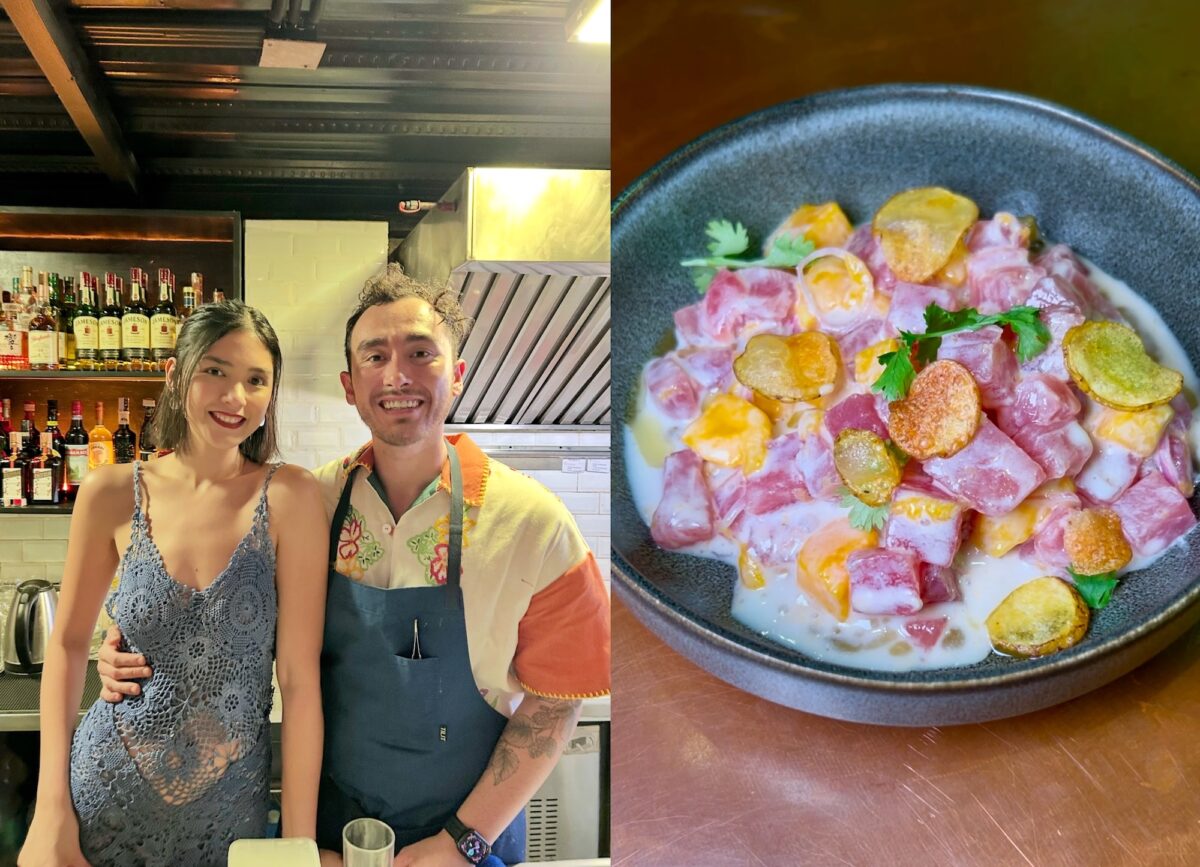For many years, I was often invited to guest on television and radio shows during the Halloween season. There came a time when my children called me the “Halloween Personality.”
Questions asked of me during this period seldom varied, such as whether ghosts really existed and, if so, why do they visit the living? Have I ever encountered spirits of the dead? Do they appear only to certain people and only in certain places? What do spirits of the dead look like? How can we ward off or protect ourselves from negative spirits? And so on and so forth.
Choosy
Lately, I have been declining appearances in these shows because I was looking for something different. I have also become very choosy with whom I would like to be seen. I would rather appear with scientists, serious researchers and even religious groups, rather than with psychics, fortune tellers and the like.
Not that I have anything against them. It’s just that I often got requests to tell the future, which I do not do.
How and where did this celebration of Halloween or All Saints’ Day start? Certainly, there is no indigenous Philippine practice similar to it. The Halloween celebration came to the Philippines via the Christian religion. But it did not originate with Christianity, according to some scholars.
The word itself is a contraction of “all hallows evening,” which is celebrated in Christian countries on Oct. 31 of every year in memory of all “hallows” or saints. It is the time of the liturgical year dedicated to remembering the dead (including saints and martyrs).
According to some scholars, Halloween was adopted from a pagan religious practice of honoring or remembering the dead.
Darker half
Halloween, called Samhain until the 19th century, marked the end of the harvest season and the beginning of winter or the darker half of the year in the Celtic calendar.
This is the time when spirits of the dead were believed to be more active, to visit their former homes and other familiar places. However, it was also believed that the spirits could cause harm and therefore had to be placated with offerings and even sacrifices.
This is similar to the Chinese belief of the “ghost month” which is celebrated around mid-August to mid-September of each year.
All Saints’ Day was originally celebrated in the Christian world on May 13. But in 835 A.D., it was moved to Nov. 1 (the same date as the pagan Samhain celebration) at the behest of Pope Gregory IV, because he wanted to avoid people crowding at the Vatican during the warmer months.
And this belief explains why, during Halloween, people never tire of hearing stories about spirits of the dead visiting the living and many other paranormal stuff, year in and year out.
I really wish this yearly carnival of horrors would change, but how can one change centuries-old practices and traditions? No way!
And this year’s celebration of Halloween appears to be more gory and grotesque than in previous years, judging from the types of horror masks and costumes one can see on display at commercial stores in Metro Manila.
I have nothing to complain about, really, because my book about ghosts (“Everything You Always Wanted to Know About Ghosts”), which came out two years ago, sells particularly well during this season.
Don’t miss the Steve Hermann special seminar on Mediumship and Spirit Communication on Nov. 16 and 17, from 9 a.m. to 8 p.m., at Prince Plaza Bldg., 106 Legaspi St., Greenbelt, Makati City. Attend his free demo on Nov. 15 at 6 p.m.
The next Soulmates, Karma and Reincarnation seminar is on Nov. 23, from 1 to 7 p.m. Call 8107245 or 0908-3537885 for details of these seminars and personal consultancy.












































